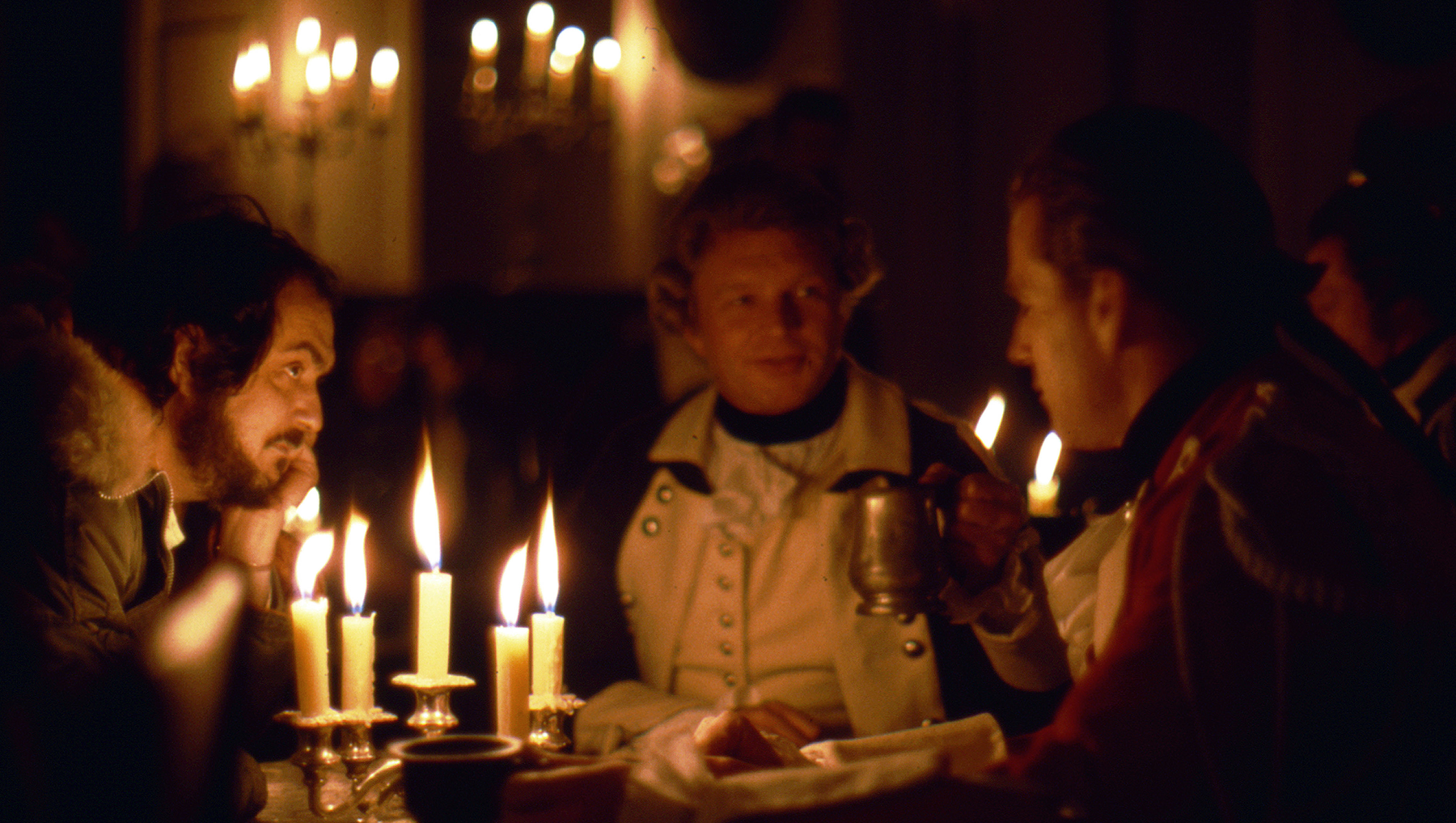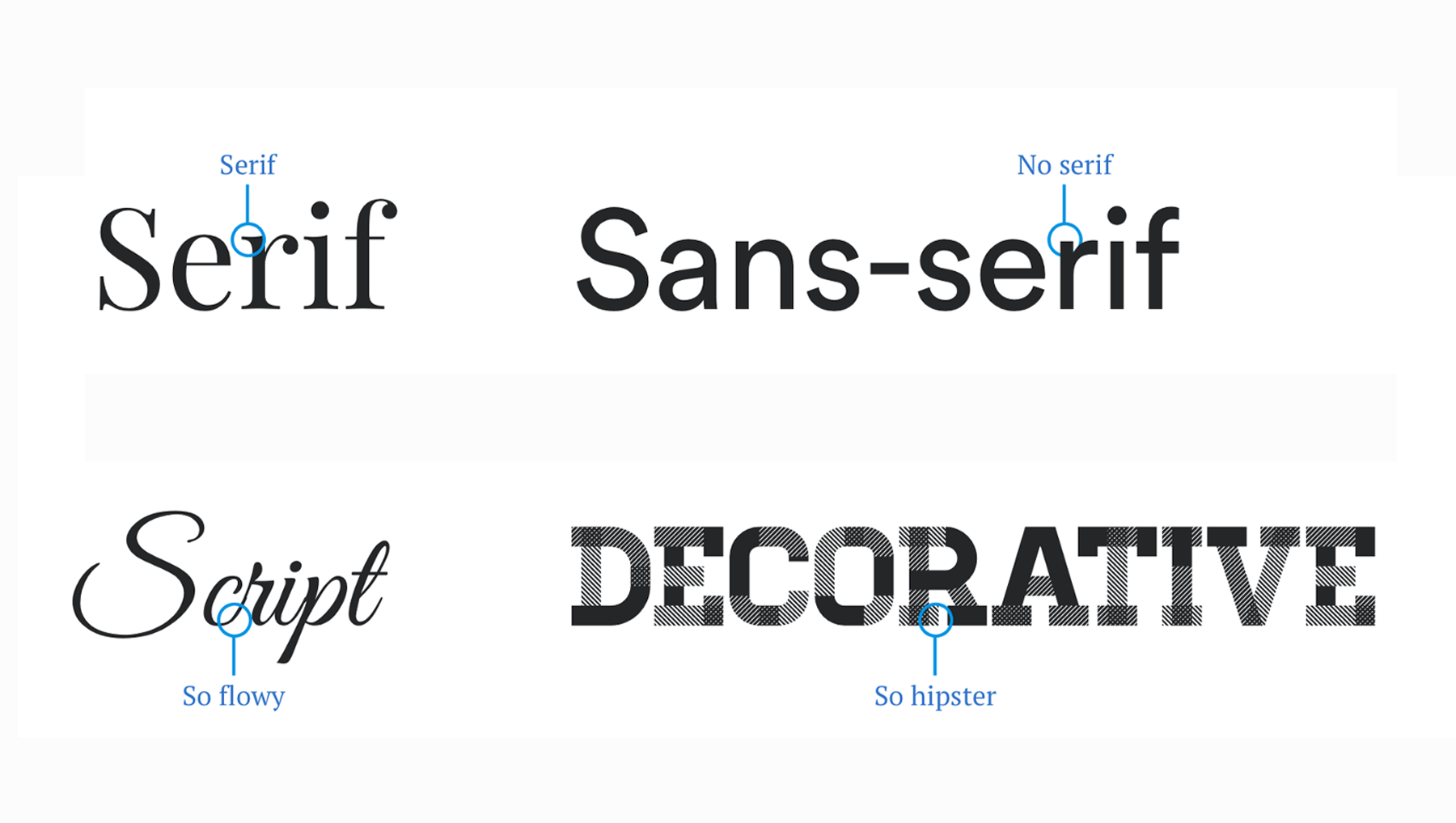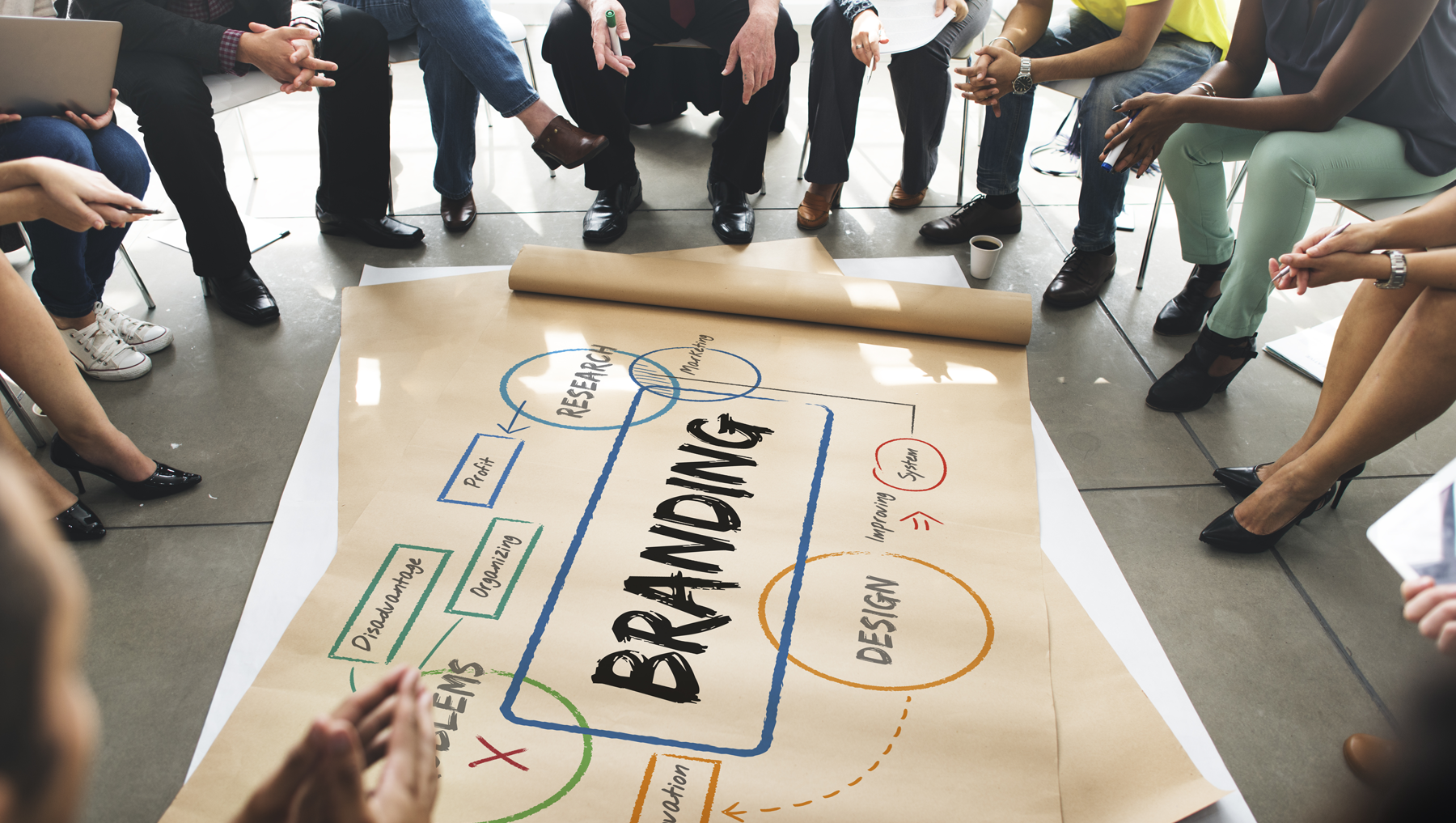
Inside Out: In the Mind of an Animator
Do you want to learn how studying animation can twist your mind? Would you like to know the difference between motion graphic and character animation? Or maybe you are curious to know how you can become one?
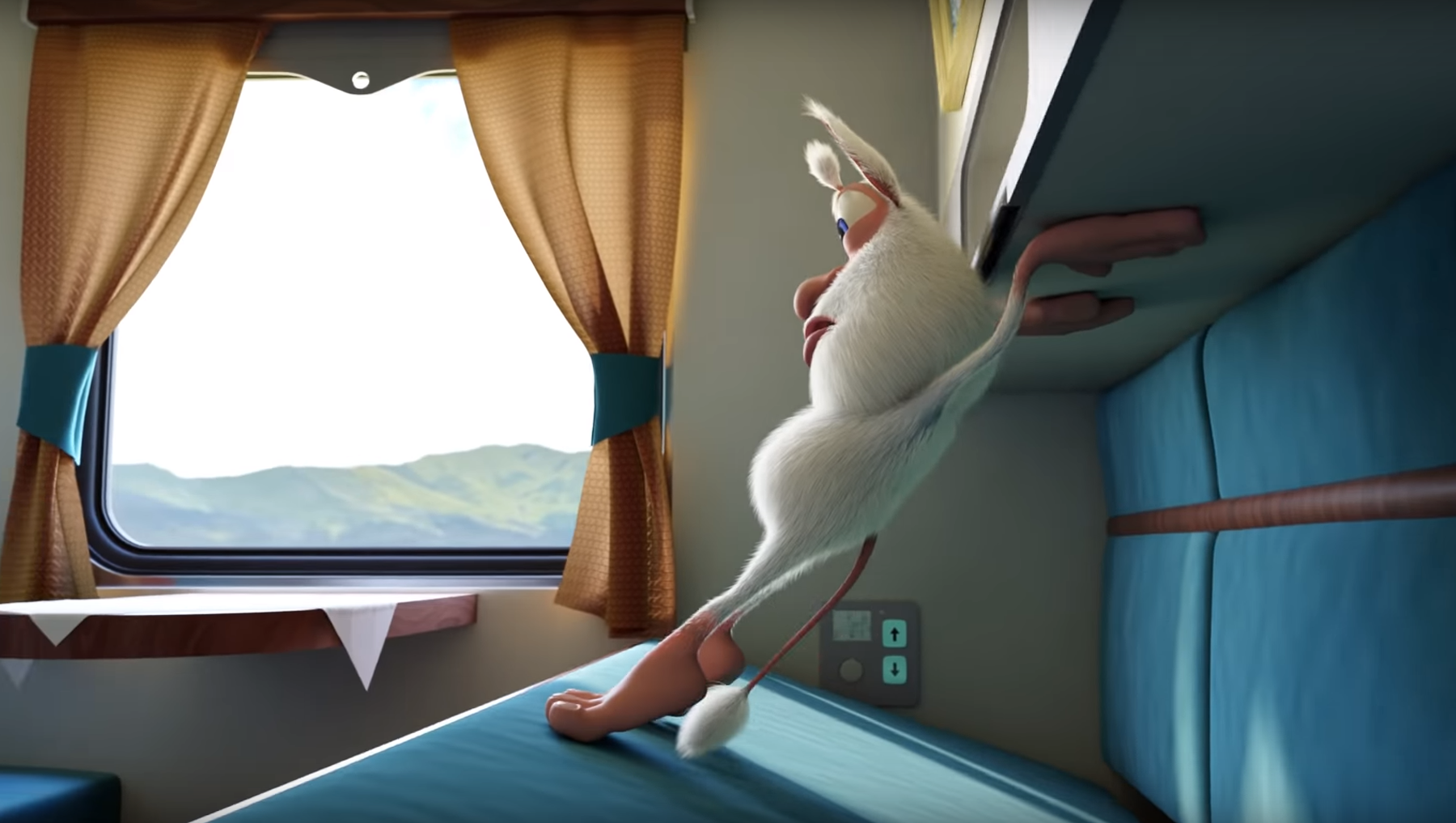
To get inside the mind of an animator, we have interviewed our stuff artist and learned more about her experience working at Digitec.
How did you get started with animation?
I must start from 2009. That is when I enrolled in the University of Architecture to study interior and graphic design. It is where I received a BA in Interior Design and Graphic Design and have done an MA in Graphic Design.
But, to be honest, when I was at school I wanted to be a developer. I was good at math, geometry, and physics. Especially in geometry. Simultaneously, I dreamed about becoming a ballet dancer — I have been practicing choreography for 10 years at that point. All that was pushed to a side when at the high school, I followed the path of my dad and enroll in the local University of Architecture. Before I entered college, there was a rumor that at some point we would study animation. The prospect of creating cartoons in Armenia got me excited. But it never happened.
————————————————————————————————————————————————————————————
3D animation or character animation is much more demanding than motion graphic animation,
since you are mainly working with human subjects and need to make them look as realistic as possible.
————————————————————————————————————————————————————————————
After graduating though, I still wanted to study animation. So I have applied for a separate program where I learned 3D animation, meaning 3D character animation. Even though, as you can see, I have studied it separately, my classical art education played a big role in my professional experience. The ability to see the bigger picture and my ability to see the big picture and draw by hand is still very important for animators, and I am grateful for that.
What is the main difference between 3D animation and motion graphic?
There are many types of animation. I am a 3D animator… Or if we want to be accurate, I am the most skilled in 3D animation. I also work as a motion graphic artists. Overall, 3D animation and Motion Graphic have lots of similarities, but they are also pretty different.
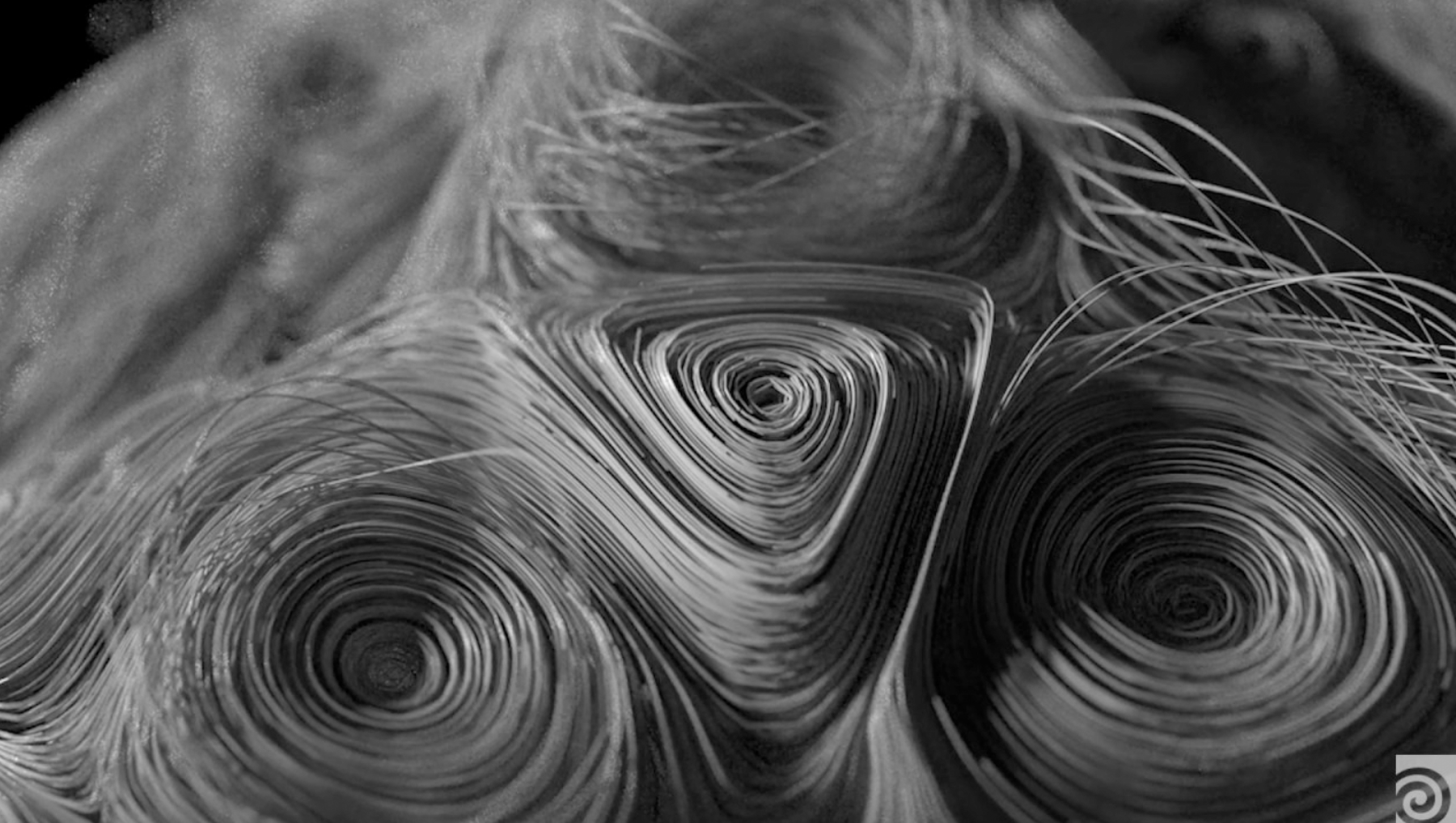
For example, character animation or 3D animation is easy for a human eye to read. Any little motion that does not obey the laws of physics be it about the heaviness or the speed of the subject – the human eye can easily notice. If realistic human or animal motion is what you are going for, you cannot deviate from the set norms. That’s just how used we are to it, and that is how studious train the mind of an animator to work.
In motion graphics, you have more freedom since you are usually working with non-human and non-living subjects. You are mainly simulating the motion of a natural phenomenon, non-human subject, and fantastical object. It is not something that exists in the real world so you can use your imagination. Of course, it should look natural, but some deviation is still allowed. With motion graphics, you can get beautiful results much faster.
3D animation or character animation for cartoons is much more demanding. Especially if you are working on animations for kids, which is the case most of the time. There are lots of subtleties, connected to the posing and animation of the characters you need to know of at all time.
What are some of those rules you need to know of?
To be good 3D animation needs to follow certain patterns. There is a concept of the main pose in animation. Before moving the character, you need to set certain poses for it. After you do, you need to look at the silhouettes of your characters. Basically, you need to switch off all the imaginary light and treat the subject as just a black icon.
It is the best way to understand the character’s design and what its posture conveys. So, if you are looking at the silhouette of a character and do not understand who the character is and what its body says, it means you have done something wrong. When you are working on a cartoon for kids, there are poses you cannot do. Mainly because kids might not understand it right. Those are the rules that exist in the world of animation, and in most cases, you cannot deviate from them.
[If you are looking at the silhouette of a character and do not understand who the character is and what its body says, it means you have done something wrong.]
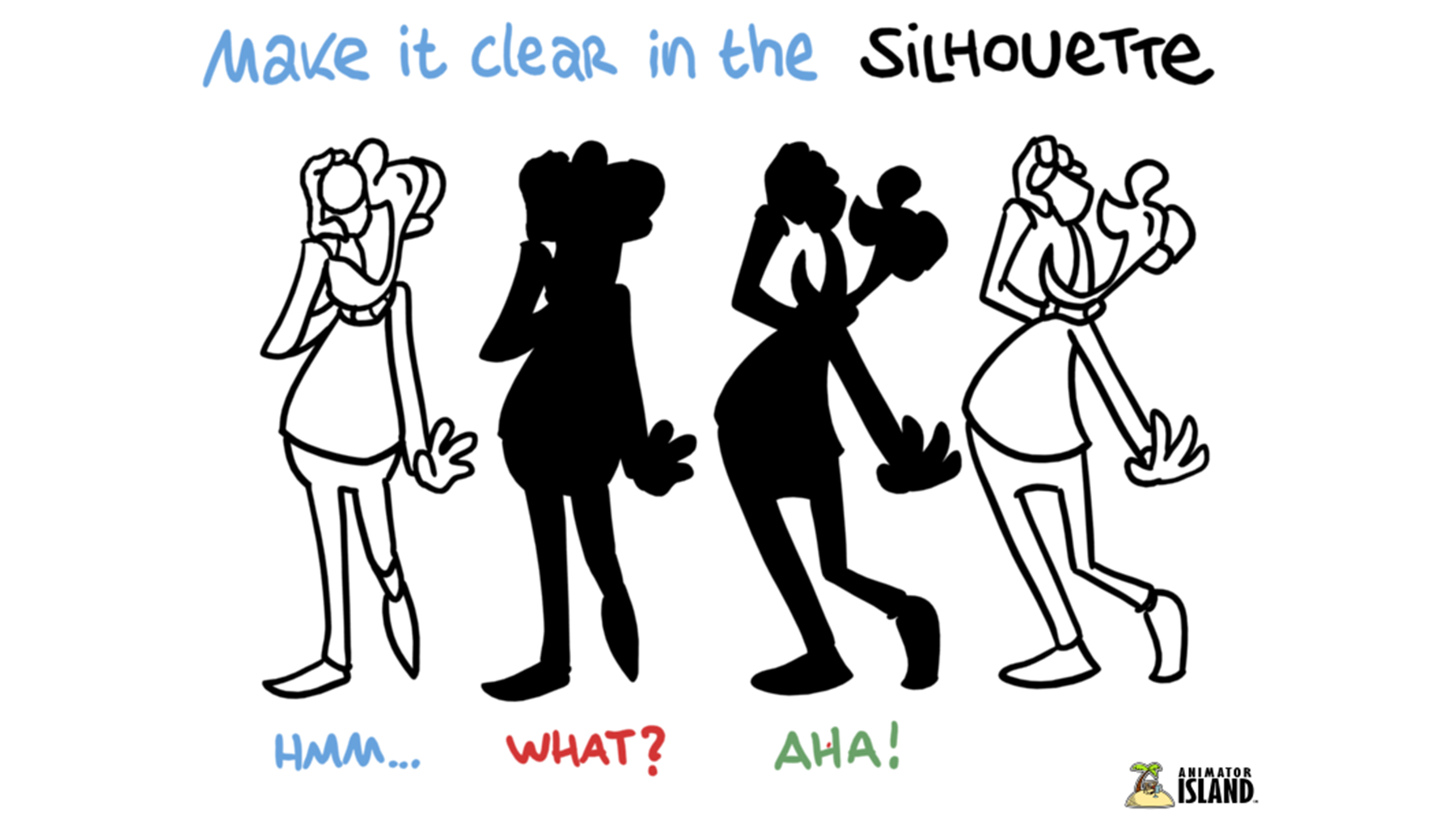
When I was first starting out, the most difficult thing about 3D animation was learning how to clearly convey a single emotion with a pose. We needed to learn how to show happiness, sadness, and worry so that no person looking at the silhouette will have problems identifying. It was not even about the facial expressions — the pose should have said it all alone. Every single detail was important, and that how we learned to control people’s perception.
What is it like in the mind of an animator? How all of this knowledge affected your regular life?
In the beginning, all the things I have learned affected. Every time I used a subway, I would notice the small motion of opening and closing that happens after the door is already closed. It feels like you are going crazy – is what it really feels like to be in the mind of an animator.
If you do not work in the field where you need to know that a second can have 25 or more shots, you will probably never notice those nuances. You also learn that any action has anticipation, action, and reaction. The movement can’t just happen and end. It needs to start with energy, and after the action is finished, the character needs to rest. You notice subtle actions you would have never paid attention to otherwise.
It also reflects on your facial expressions. When you are just starting out, to recreate a certain emotion you look for references. Most of the time, you look them up online or mimic the expressions yourself. At some point, you might find yourself going a little crazy trying to recreate emotions all the time.
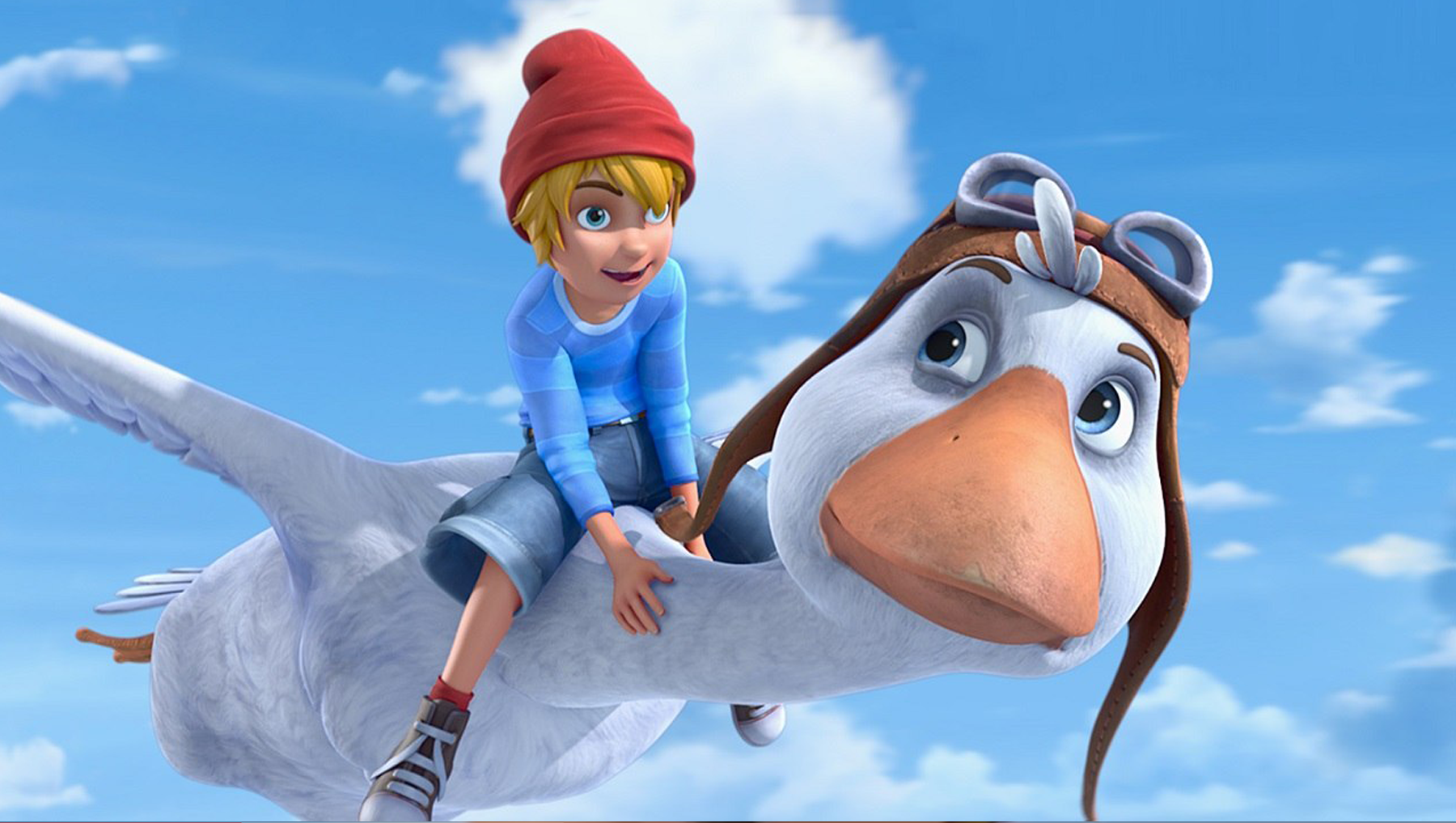
I feel you can already see it is a very interesting job. And the best thing about it is that projects never repeat themselves and the process is not mechanical. Some tasks are more mechanical — you might work with curves to create a clear motion and make it look right. But overall, the most important emotions are always different.
What do you like the most about the job? What do you not feel as excited about?
The thing I like about animation the most is the result. Of course, if you feel proud of it.
In more global terms, however, I think if you love what you have created, it means you are not growing. It is great when you feel like what you have right now is better than what came before it. But if you genuinely like every single thing you do, it means that you are not progressing.
Now to what makes it difficult… The first thing is understanding timing. In other terms, timing is knowing how much any action will take and when you need to build up or slow down the speed. It is not something everyone can easily grasp.
————————————————————————————————————————————————————————————
“Toy Story” is the first feature-length film fully modeled and created with the help of 3D technology.
Pixar realized in 1995 and it took the studio around 5 years to create the cartoon.
————————————————————————————————————————————————————————————
Some people develop it over time, some people have it from the beginning, and some might never do. The other difficult thing about animation is understanding the motion lines of characters and their physics of heaviness. If you can easily grasp those concepts, it means you have a good understanding of human action and can see your mistakes. Those concepts are among the most important things in animation.
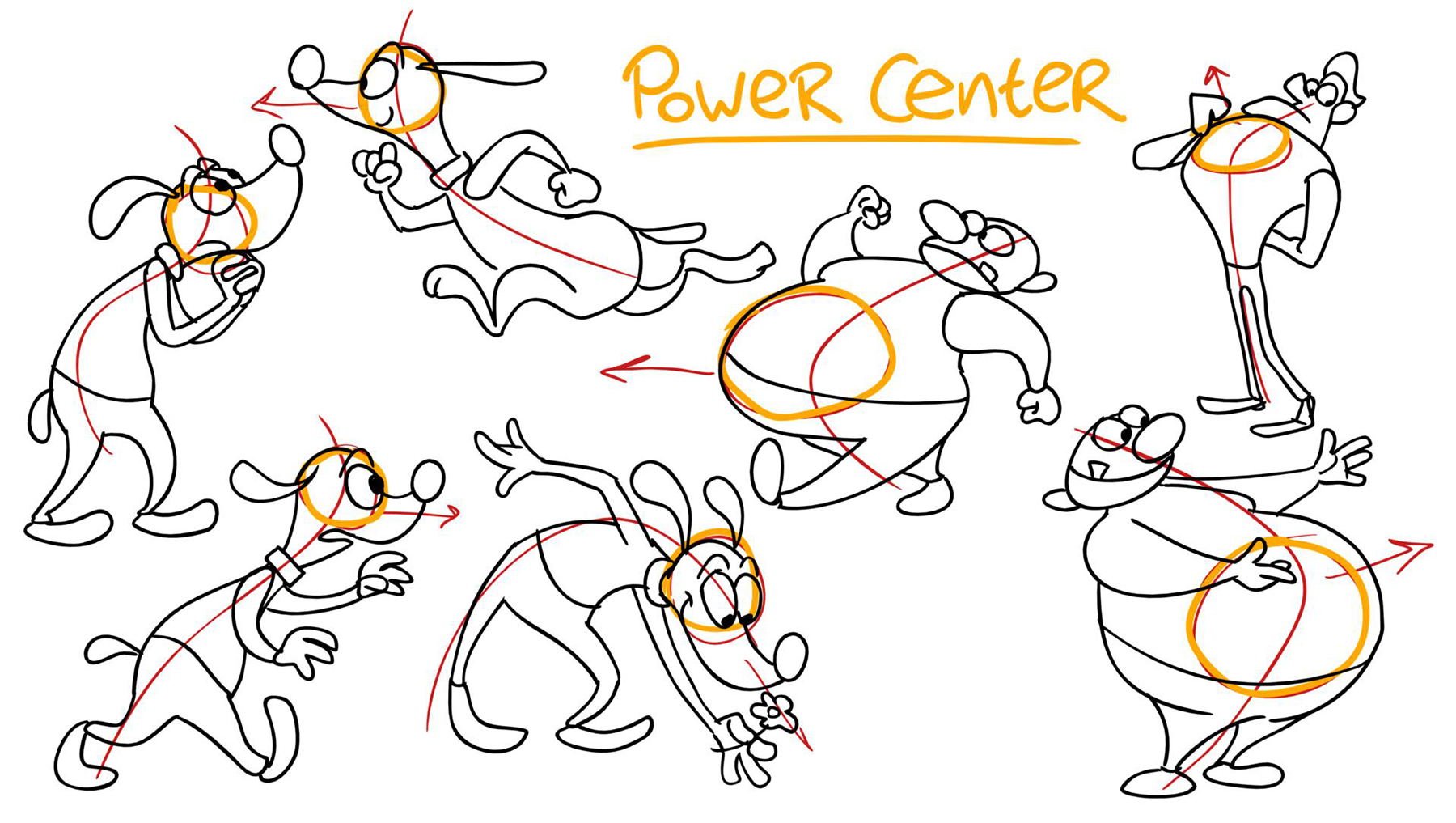
The other thing I find difficult and irritating is more mechanical. It is when you see that something is off with the animation, but do not understand which curve, rig or motion you need to fix to get rid of the problem. You need to analyze the animation and look for the mistake until you solve it, and hopefully not lose any part of the animation.
It is when you might need help from animators. I think it general in many arts it is important to have someone else look at your work. When you focus on a problem, all of your attention goes to that bit of animation. You might not notice something that the person nearby will immediately detect.
What do you think about Animation in Armenia?
Unfortunate, considering that animation is a very expensive industry and demands a lot of resources, it is difficult to build a stable sector in Armenia. In general, we receive projects from abroad, mainly from Russia or European countries. The other problem that animation in Armenia faces is the immigration of artists — once our animators become really good, they prefer to leave the country and move abroad.
What the animation process is like and how many people usually work on it?
In the mind of an animator, the 3D animation comprises simpler processes. It includes modeling, rigging, 3D animation, shading, lighting, rendering, simulating, and composing. 3D animation is just a small part of the process. So, how many people will work on one cartoon depends on the scale of the project, its length, and how much animators have to complete the project.
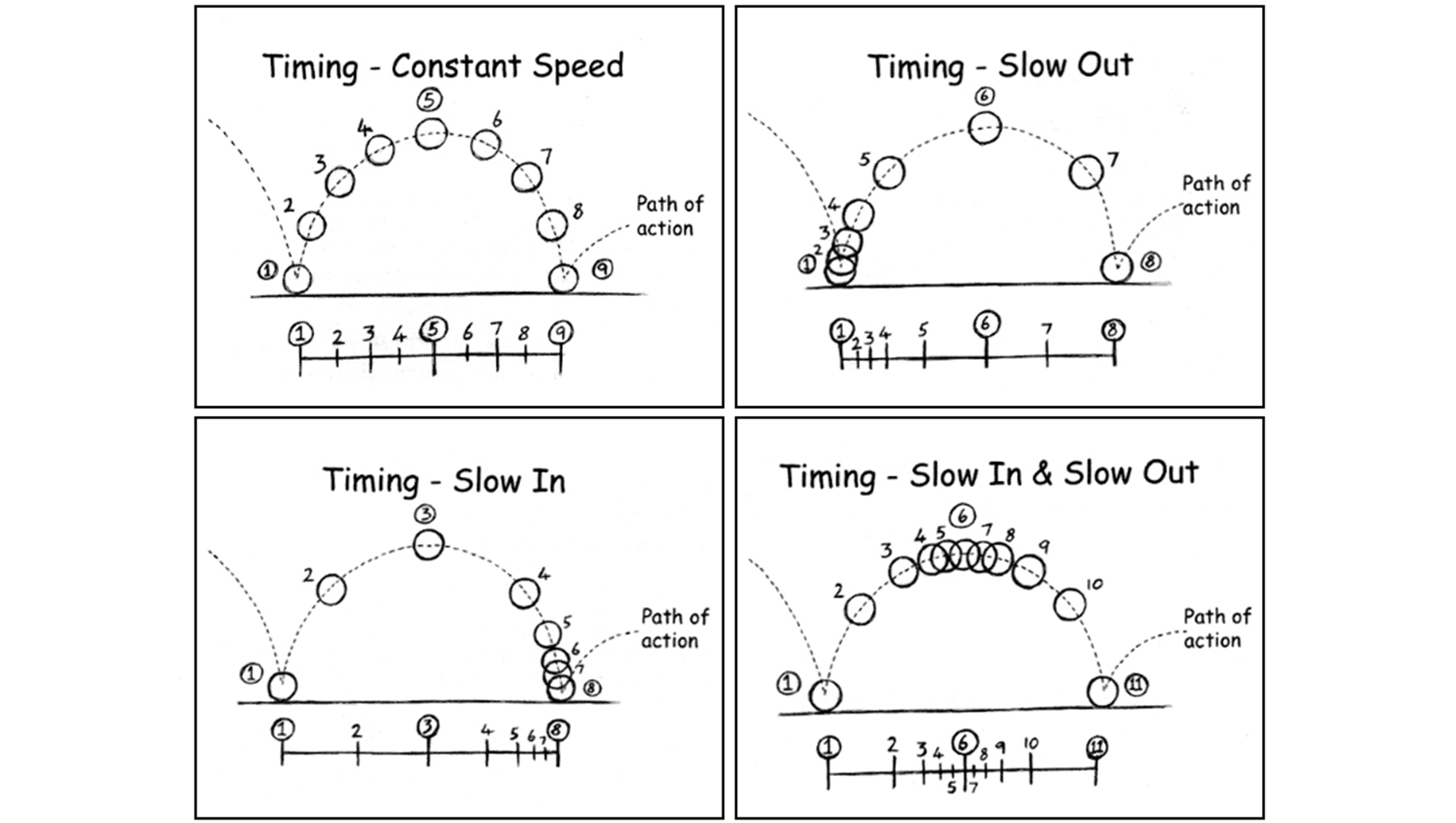
For example, the latest project I have worked on was a four-minute episode of a cartoon. We were given a month to complete the project, and I worked side-by-side with 15 other 3D animators. I can’t say the exact number of other artists, but you need around 5 – 10 artists for each process.
A person can also complete an entire 2-minute cartoon on their own. It can take their capstone project which they work on for two years. In some other cases, thousands of people can work on animation. So, the best answer to the question is — it depends.
What project would you like to work on? Do you have a dream project?
Now, I am trying to shift from 3D animation to motion graphic animation. It is more interesting. The main reason being I already feel more or less comfortable with 3D animation and want to challenge myself.
I have already mentioned that with motion graphic you have a lot of freedom. You are allowed to improvise and can create almost anything from nothing. If you want to create stickers from the water or anything else from a fire, you can do that all on your own. Motion graphic artists need to know it all.
———————————————————————————————————————————————————————————————————————————————————————————————————
The Mill, Nerdo, and Buck are some of the best motion graphic studios in the world.
———————————————————————————————————————————————————————————————————————————————————————————————————
At this point, all of my dream projects are connected to motion graphics. I have always liked the work of Simon Holmedal; he is my biggest motivation. I love what has done for Nike. If you want more examples of what motion graphic artist is capable of, the adverts of Adidas and Nike are the best place to start.
Finally, can you give small advice to someone who wants to become an animator?
To anyone who loves animation and is not afraid of ruining their health, I would say — go for it! After that, the second best thing you can do to become more professional is to watch lots of tutorials. And after you watch it, all you need is to work, work, and work. At the end of the day, it’s all a matter of practice.



